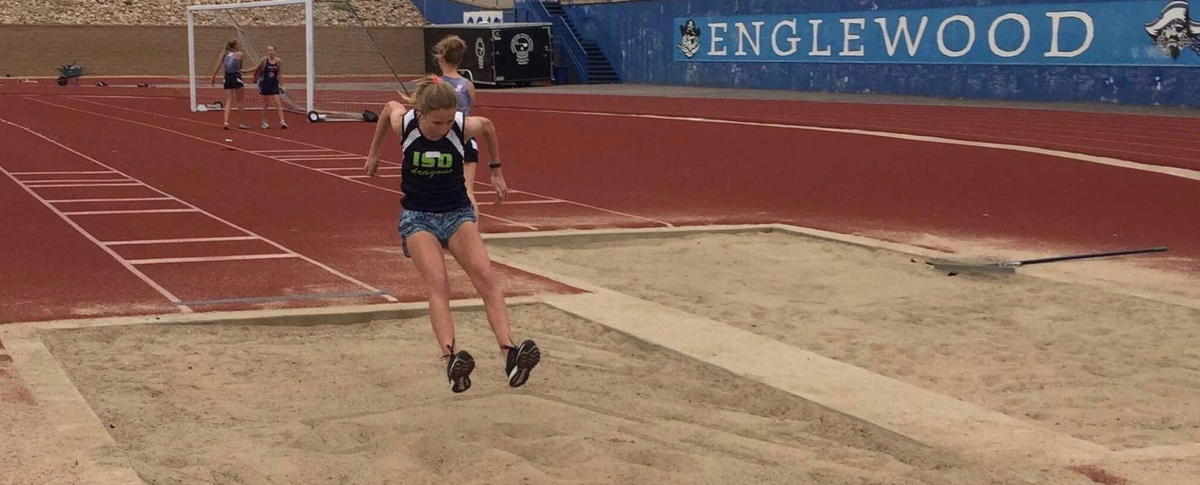As a parent, it’s important to encourage healthy habits, including exercise, in your youngster to help enforce that physical activity becomes as much a part of their routine as eating and sleeping.
Teach your child that sports such as cycling (always with a helmet!), swimming, basketball, jogging, walking briskly, cross country skiing, dancing, aerobics, soccer and other sports when played regularly, are not only fun but also promote health.
Physical activity is important for all children as it helps to:
1. Increase Cardiovascular Endurance
Did you know that more Americans die from heart disease than any other ailment! Physical activity can help improve your child’s fitness, make them feel better and also strengthen their cardiovascular system helping to protect against heart problems.
How you many ask? Aerobic activity can help the heart pump more efficiently, helping to reduce the incidence of high blood pressure. It can also help raise the body’s level of HDL (high-density lipoprotein) cholesterol, the “good” cholesterol that removes excess fats from the bloodstream.
But I thought cardiovascular diseases were thought to be illnesses of adulthood? Fatty deposits have been detected in the arteries of children as young as three years of age and high blood pressure is present in about 5 percent of youngsters, making it important to make physical activity part of your child’s routine from the beginning!
How much activity should my child be getting? It is recommended that children in their middle-years get twenty to thirty minutes of physical activity, at an increased heart rate, at least three times a week. Make certain that each session of exercise is preceded and followed by a gradual warm-up and cool-down allowing muscles, joints and the cardiovascular system to ease into and out of vigorous activity, helping to ensure a safe workout.
2. Improve Large Muscle Strength and Endurance
As physical activity becomes a part of your child’s routine, your child’s muscles with become stronger and they will be able to exercise for longer periods of time, as well as help to prevent future injuries, as strong muscles provide better support for the joints.
What are some exercises my child can do?
Modified sit-ups (knees bent, feet on the ground) can help build up abdominal muscles, increase lung capacity, and protect against back injuries.
Modified pull-ups (keeping the arms flexed while hanging from a horizontal bar)
Modified push-ups (positioning the knees on the ground while extending the arms at the elbow)
3. Increase Flexibility
In order to be well-rounded in terms of physical fitness, children need to be able to twist and bend their bodies through the full range of normal motions without overexerting themselves or causing injury. Although most people lose flexibility as they age, this process can be repressed by maintaining suppleness throughout life, beginning in childhood.
Stretching exercises are the best way to maintain or improve flexibility and should be incorporated into your child’s warm-up and cool-down routine.
How should I instruct my child to stretch? Your child should stretch to a position where they begin to feel tightness but not pain and then hold steady for twenty to thirty seconds before relaxing. Instruct your child not to bounce as they stretch as this can cause injury to the muscles or tendons.
4. Maintain a Healthy Weight
Did you know twelve percent of children in their pre-puberty years are overweight! Physical activity can effectively burn calories and fat and reduce appetite. Ask your provider to help determine whether your child has a healthy percentage of body fat for their age and sex.
5. Reduce Stress
Stress that is unmanaged can cause muscle tightness contributing to headaches, stomachaches and other types of discomfort. Getting your child physically active teaches them to not only recognize stress in their body but also healthy ways to manage it. Exercise is one of the best ways to control stress helping your child to experience less stress-related symptoms than their sedentary peers.


